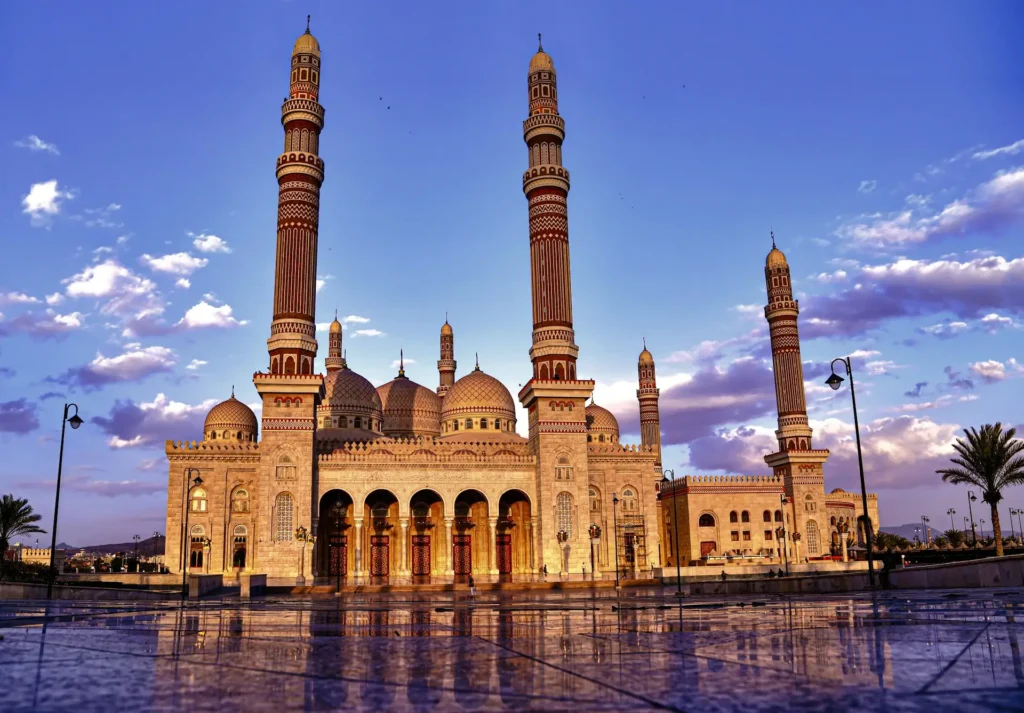Embarking on a journey to Yemen is like stepping into a time capsule. Here, history, culture, and architecture converge to tell stories of an ancient civilization that once stood as a beacon of innovation and grandeur amidst the rugged landscapes of the Arabian Peninsula. Imagine yourself walking along streets that echo with thousands of years of history, marveling at towering mud-brick buildings, intricately designed mosques, and bustling marketplaces steeped in tradition.
In this article, we’ll guide you through the most remarkable Yemen ancient cities, showcasing their architectural brilliance and unraveling the cultural significance etched into their very foundations. This isn’t just a journey—it’s a chance to explore a world rich with tradition, ingenuity, and timeless beauty.
The Timeless Allure of Yemen’s Ancient Cities
When you think of Yemen, it may be easy to overlook the architectural treasures hidden in this small corner of the world. But Yemen’s ancient cities, recognized as UNESCO World Heritage Sites, tell a story of resilience and creativity. Each city—Sana’a, Shibam, Zabid, and Aden—boasts unique features that stand as a testament to Yemen’s artistry and engineering.
As you venture through these historic sites, you’ll notice how architecture isn’t just about structures—it’s a reflection of the people, their values, and the challenges they faced. Yemen’s ancient builders adapted seamlessly to their environment, creating structures that are not only functional but breathtakingly beautiful.
Sana’a: The Jewel of Yemeni Civilization
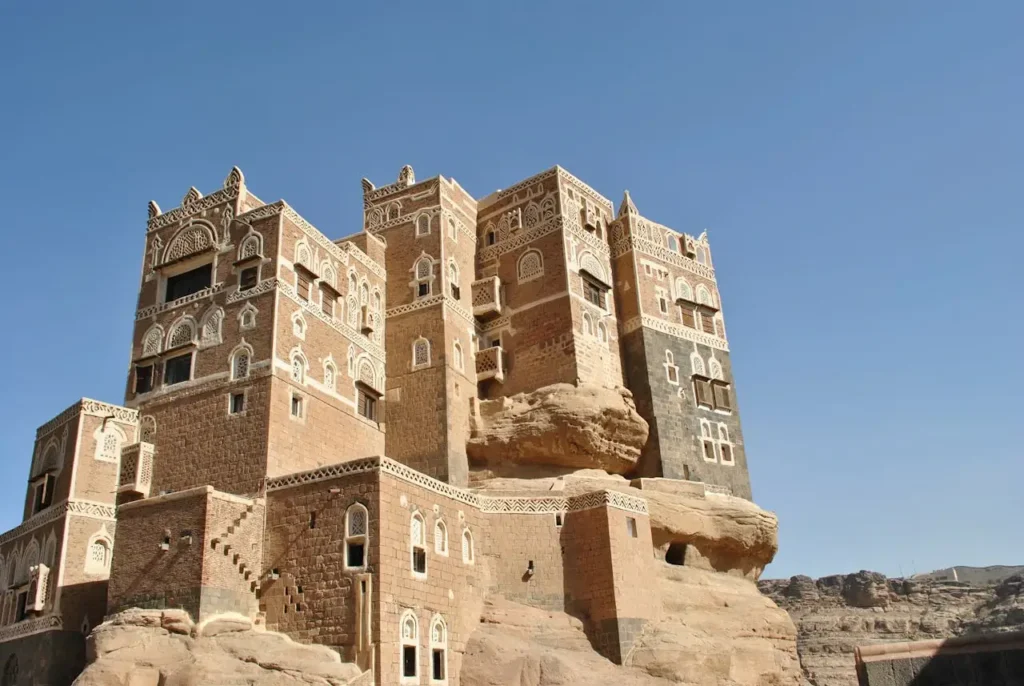
A Stroll Through the Old City of Sana’a
Sana’a, the capital city, is nothing short of legendary. With its history dating back to the 6th century BCE, it stands as one of the most ancient continuously inhabited cities in the world. As you explore the Old City of Sana’a, a UNESCO World Heritage Site, you’ll be captivated by its distinct architecture.
The mud-brick skyscrapers, adorned with white geometric designs, rise up to seven stories high, creating a skyline that feels both historic and futuristic. These buildings are not merely homes—they are masterpieces. The stained-glass windows (locally known as qamariya), which scatter vibrant colors across the rooms, add another layer of artistry unique to Yemeni structures.
Must-See Landmarks in Sana’a
Your journey through Sana’a isn’t complete without visiting its iconic landmarks:
- The Great Mosque of Sana’a: Built in the 7th century, this mosque is one of the oldest in the Islamic world. Its architectural elegance and historical importance make it a spiritual and cultural cornerstone of the city.
- Al-Tahrir Square: A lively plaza that juxtaposes historical structures with modern urban life, giving you a glimpse into the city’s evolving identity.
Don’t forget to explore the bustling souks, where you can shop for handmade crafts, traditional jewelry, and fragrant spices.
Shibam: The Manhattan of the Desert
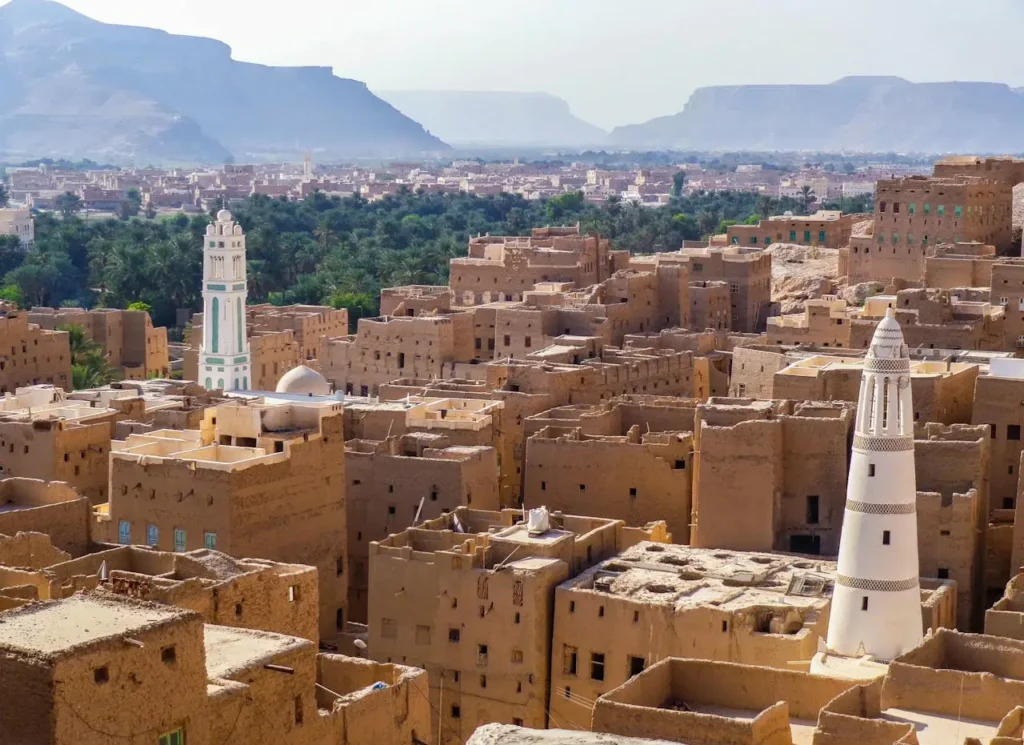
Known as the “Manhattan of the Desert,” Shibam is a surreal sight in the heart of Yemen’s Hadramawt Region. This ancient walled city, with its high-rise mud-brick towers, is a marvel of urban planning and engineering.
Skyscrapers of Mud-Brick
Shibam’s architectural design was ahead of its time. The city’s builders used mud bricks as their primary material, creating multi-story buildings that soar up to 30 meters high. These structures not only maximize space within the walled city but also illustrate sustainable design practices that remain relevant today.
Walking through its narrow alleys, you can’t help but marvel at the precision and creativity that went into crafting these skyscrapers. Each building is carefully constructed to survive the harsh desert climate while maintaining a sense of grandeur and elegance.
Cultural Heritage
Shibam’s strategic position along ancient trade routes made it a hub for merchants and travelers. Its architecture reflects this influence, blending local traditions with external styles brought by traders. Today, the city’s preservation reminds us of the ingenuity and adaptability of its people.
Zabid: Yemen’s Academic and Artistic Hub
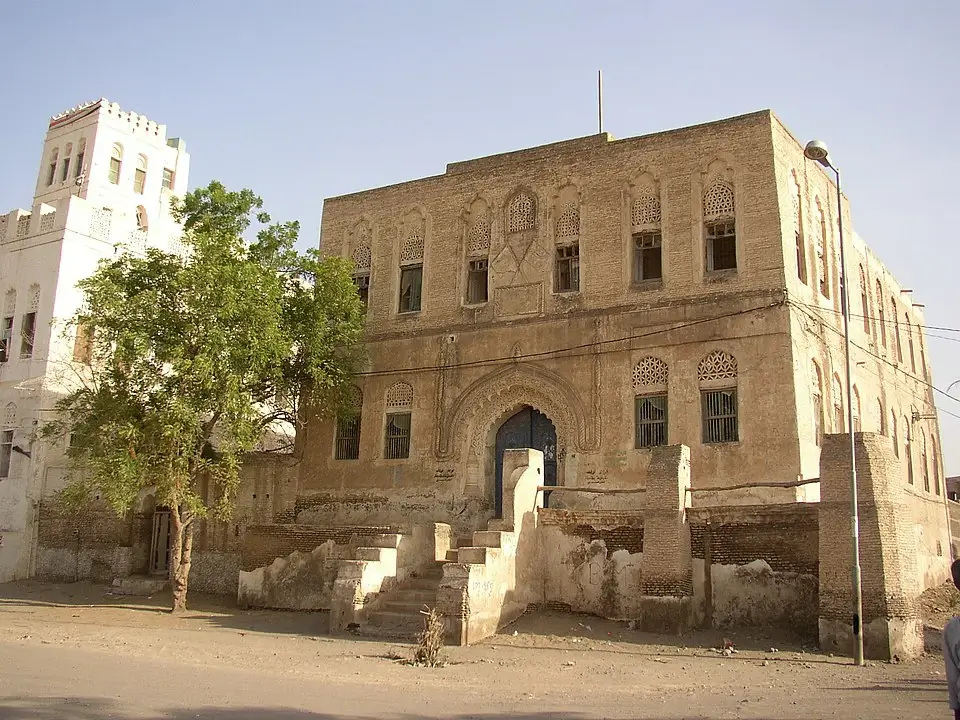
Historical Importance of Zabid
Zabid, once a thriving center of Islamic learning, holds a special place in Yemen’s history. If you could travel back to the 13th century, you’d find scholars from across the Islamic world gathering here to study. The city was home to over 80 madrassas (Islamic schools), and its intellectual legacy is matched only by its architectural beauty.
Zabid’s Architectural Identity
As you wander through Zabid, you’ll notice intricately designed structures reflecting a blend of artistic and functional elements. Coral stone facades, geometric carvings, and fortified walls showcase the city’s ingenuity. However, like many ancient sites, Zabid faces challenges of preservation, with ongoing efforts to protect its historical treasures.
Aden: The Commercial Gateway
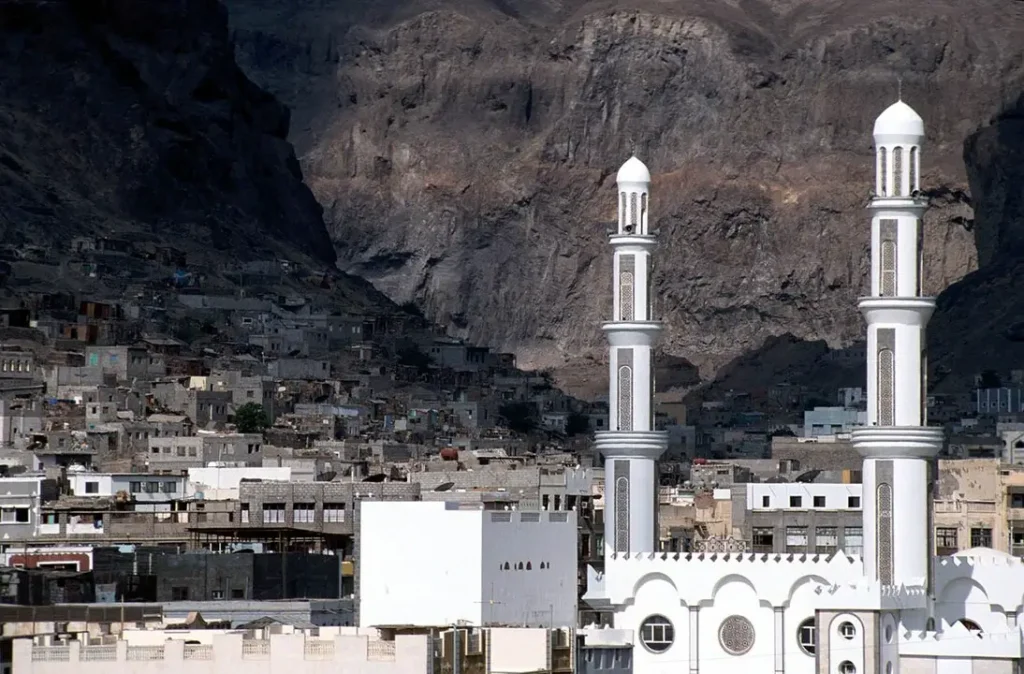
A Harbor City Embracing Historical Grandeur
Aden offers a completely different architectural experience compared to Sana’a or Shibam. Situated along the coast, Aden has long been a commercial hub. Its strategic location has attracted traders, conquerors, and settlers through the ages, all of whom left their mark on the city’s architecture.
Architectural Landmarks
While exploring Aden, be sure to visit:
- Tawahi (Steamer Point): A district showcasing colonial-era buildings that tell stories of a time when Aden was a British protectorate.
- Ottoman Forts in Crater District: Nestled in the volcanic Crater District, these forts are a reminder of Aden’s defensive significance.
The city’s harbor and crescent-shaped beaches also offer picturesque views, making Aden a perfect blend of natural beauty and historical intrigue.
Architectural Techniques and Innovations
You might wonder: how did Yemeni builders create such enduring structures in such a harsh environment? The answer lies in their mastery of architectural techniques.
- Mud-Brick Construction: The use of sun-dried mud bricks is not just practical but environmentally sustainable. These bricks provide excellent insulation, keeping buildings cool in the desert heat.
- Eco-Friendly Designs: From shaded courtyards to wind-catching towers, Yemeni architecture displays a deep understanding of local climates and resources.
- Adaptation to Trade Routes: Yemen’s position along ancient trade corridors brought external influences that enriched its architectural landscape.
These techniques remind us that architecture is not just about aesthetics—it’s about creating harmony between people and their environment.
Conclusion:
Yemen’s ancient cities are living monuments to a civilization that thrived against the odds. They whisper tales of resilience, creativity, and artistry, offering lessons that remain relevant even today. By preserving these wonders, we keep the spirit of Yemen’s heritage alive, ensuring that its stories are passed down to future generations.
Now, it’s your turn to embark on this journey—whether through research, advocacy for preservation, or perhaps planning a visit when the time is right. Take a step into the heart of Yemen’s timeless beauty, and discover the magic of a world unlike any other.
Let the allure of Yemen’s architectural wonders captivate your heart and inspire your curiosity. Share this article to spread the beauty of these historic treasures with the world!
FAQ: Common Questions About Yemen’s Ancient Cities
Why are Yemen’s ancient cities significant in history?
Yemen’s ancient cities serve as a testament to the ingenuity, resilience, and cultural richness of its people. Their architecture, which blends artistry with practicality, reflects centuries of innovation and adaptation.
What are the must-visit ancient cities in Yemen?
Sana’a, Shibam, Zabid, and Aden are essential destinations for anyone interested in history, architecture, or culture.
Are Yemen’s ancient cities safe for tourism?
While these cities are an archeological and historical treasure, it’s essential to check travel advisories before planning a trip. Ensuring safety is key to enjoying your journey.
What makes the architecture in Yemen unique?
The integration of local materials like mud bricks, innovative designs tailored to challenging climates, and influences from ancient trade routes make Yemeni architecture truly one-of-a-kind.
